
Overview
While it might be obvious for a nutritionist to recommend you eat fruits, vegetables, whole grains and lean protein, wouldn't it be nice for them to recommend something surprising -- maybe even decadent -- and then tell you it's good for your health? Grape jam, pizza, white potatoes and whole milk may sound like foods to avoid, but how and why you eat them can make all the difference in terms of the health benefits they deliver. Nutritionists know how and when to break the rules, so white bread, bacon and whole eggs are not always off limits, they become part of a healthy diet. Top nutritionists share surprising foods they eat and explain how these foods can enhance your diet.
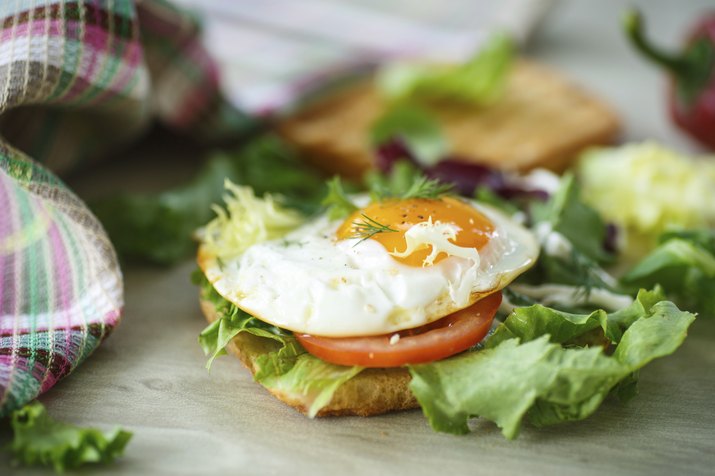
1. Whole Eggs
Do you eat or discard the egg yolk? Unfortunately, the nutrient-rich yellow center of the egg has been unjustly demonized for being a source of dietary cholesterol. And while dietary cholesterol is something to limit in a heart-healthy diet, the American Heart Association now says that eggs (including the yolk) can be part of a healthy eating plan. "I don't skip the egg yolk to save calories; it's actually where most of the flavor and nutrients of the egg are housed. One of the biggest reasons why I enjoy the yolk is because it contains lutein and zeaxanthin. These carotenoid nutrients can play a key protective role in eye health, including prevention of age-related macular degeneration. This is of particular concern to me since I have a family history of poor eye health," says Jackie Newgent, RDN, culinary nutritionist and author of "The With or Without Meat Cookbook."
Read more: 11 Easy New Egg Recipes You May Have Not Yet Tried
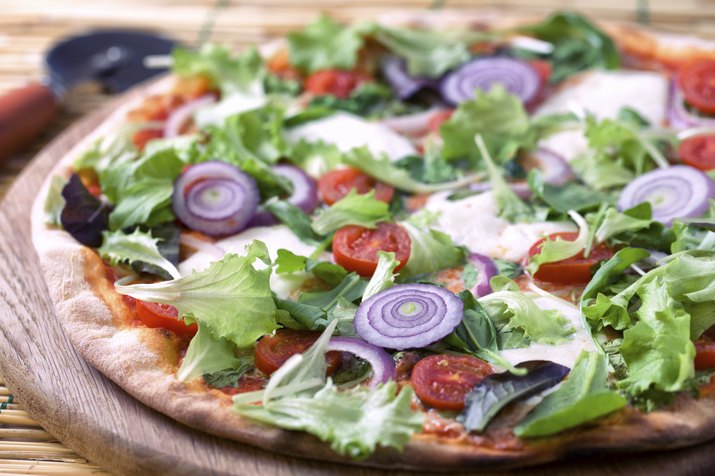
2. Pizza
Americans love pizza. According to a 2014 report from the Department of Agriculture, on any given day about 13 percent of Americans eat pizza. On the day consumed, pizza provided about one-fourth of total daily calories. So wouldn't it be nice if pizza were good for you? As you may guess, the benefits (or detriments) of pizza to your health all come down to how it's put together. "I'm from Chicago, so it's in my DNA to be a pizza lover! I order thin crust, veggie toppings and always round it out with a green salad and glass of wine. At home I upgrade the crust to whole grain," says Dawn Jackson Blatner, RDN, CSSD and author of "The Flexitarian Diet." What are the benefits? "Heart-healthy lycopene in tomato sauce, calcium in cheese, fiber in the broccoli or spinach topping and metabolism-boosting capsaicin in the crushed red pepper I shake on top," adds Blatner.
Listen now: How to Calm Down in Under 3 Minutes
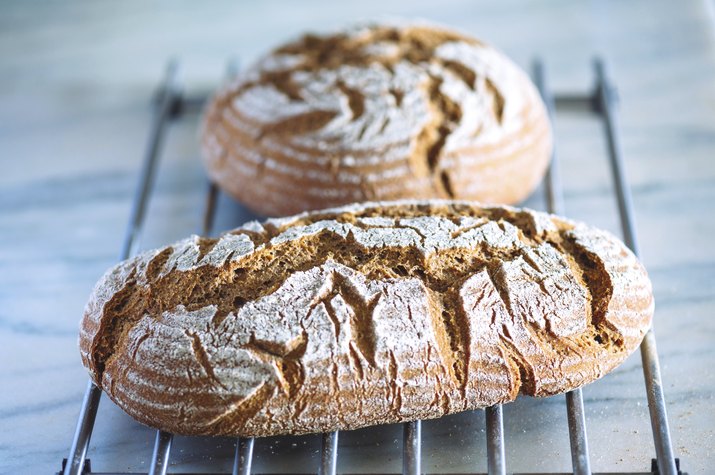
3. Sourdough Bread
You may have heard that "white carbs" are bad and "brown carbs" are good, but like any other oversimplified nutrition advice, there are exceptions. For example, sourdough bread has numerous health benefits. "I alternate my bread between sourdough and whole-grain bread. Sourdough raises blood sugar levels less than whole-wheat bread, according to a study in the British Journal of Nutrition. It also has a low glycemic index (GI) number, and eating low-GI foods can help decrease the risk of Type 2 diabetes," says Caroline Kaufman, M.S., RDN, a Los Angeles-based nutrition expert and owner of Caroline Kaufman Nutrition. Sourdough also has the health benefits of a fermented food. The fermentation process produces Lactobacillus, a bacteria that makes B vitamins, magnesium and zinc easier for your body to digest. "While I don't do it just for the health benefits, you'll typically find me reaching for a warm slice of sourdough in the restaurant breadbasket," says Kaufman.
Read more: 10 Ingredients You Should Avoid in Bread (Plus, 7 Brands That Are Your Best Bets)
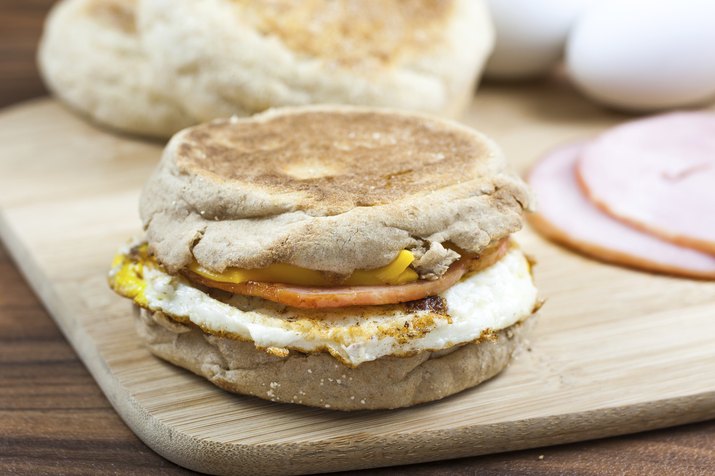
4. Bacon
While not an everyday food, you might be surprised that some nutritionists eat bacon as both a flavor enhancer and as a source of protein. "I enjoy bacon, primarily Canadian bacon, because it has just 60 calories per serving and is low in saturated fat (0.5 grams), but packs in 11 grams of protein. Bacon does have a lot of sodium, but I have low blood pressure and exercise a lot, so sodium is not something I need to worry about. I like bacon in the morning with eggs to try to get 25 to 30 grams of protein to help keep me full all morning long," says Julie Upton, M.S., RD, co-founder of Appetite for Health. Plus, the smoky flavor of bacon goes a long way in many salads with bitter greens, Brussels sprouts, broccoli and kale. "I think if a little bacon is a vehicle to get a lot of beneficial veggies, then that's a healthy addition to my diet," adds Upton.
Read more: 18 Foods With a "Bad" Rap That Are Actually Good for You

5. High-Fat Dairy
Fat-free and low-fat dairy products have been the major type of dairy recommended by health professionals for decades. The thought is that cutting back on saturated fat from dairy is better for your heart and, possibly, your waistline. However, research is showing that full-fat dairy may offer health benefits too. "I call organic whole milk the perfect food. It's full of omega-3 fats, carbohydrates, protein, all the electrolytes I need for a hard-earned workout and calcium and vitamin D for strong bones," says Jim White, RD, ACSM HFI and spokesman for the Academy of Nutrition and Dietetics. A recent study showed that middle-age men who consumed high-fat milk, butter and cream were significantly less likely to become obese over a period of 12 years compared with men who never or rarely ate high-fat dairy. "Also, it goes with everything! I put it in my oatmeal, add it to my favorite smoothies and use it in my cereal," adds White.
Read more: Which Type of Yogurt Is Best for You? The Pros and Cons of 13 Different Kinds
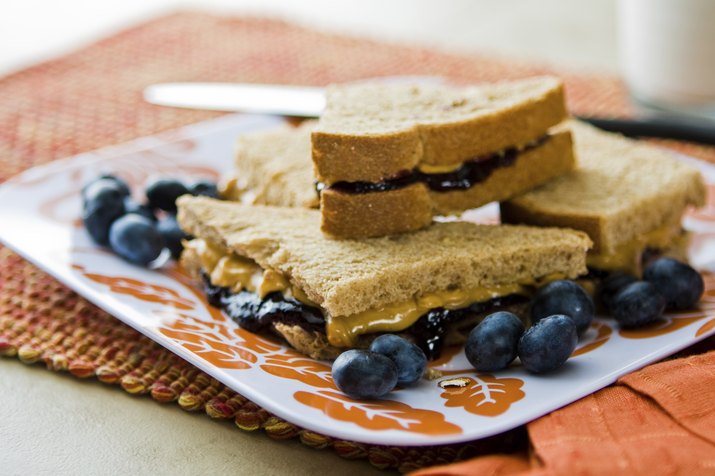
6. Grape Jam
A store-bought jar of grape jam can easily pack in 13 grams of (mostly added) sugar in one tablespoon. That can add up fast. However, harvesting the wholesomeness of the grapes without the added sugar can create a tasty nutrient-rich spread. "People think jam is a high-sugar no-no. Not the way I make it. In a small pot over medium heat, mash two cups of grapes until smooth (about five minutes). Stir in two tablespoons of chia seeds. Store in a covered container and refrigerate for up to two weeks, says Blatner, RDN, CSSD. Grapes are a natural source of healthy antioxidants and blood-boosting vitamin K. "I love this grape jam with almond butter on sprouted-grain toast in the morning. It's also awesome stirred into plain two-percent Greek yogurt. I never eat zero percent because milk fat contains conjugated linoleic acid (CLA), which may help decrease body fat and increase immunity," adds Blatner.
Read more: 10 Ways to Get the Health Benefits of Chia Seeds in Your Diet
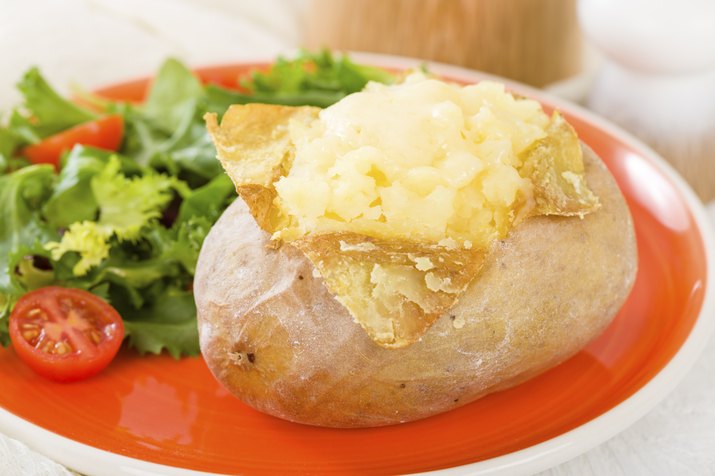
7. White Potatoes
We're often told to eat an array of colorful fruits and veggies, but don't forget that white is a color too. Some of the healthiest produce is white. "I love white potatoes because they are decadent and delicious and so versatile. They provide that 'ahhh' feeling from their carbohydrate count hitting those comfort zones from mouth to stomach," says Bonnie Taub-Dix, RDN, nutrition expert and author of "Read It Before You Eat It." But potatoes not only taste good, they are also good for you. "The potato is among the best sources of potassium and fiber -- two of the four 'nutrients of concern' for adults and children. A medium skin-on baked potato provides the same amount of potassium as about two medium bananas," adds Taub-Dix.
Read more: Going Flexitarian: 11 Easy Lifestyle Shifts You Can Make
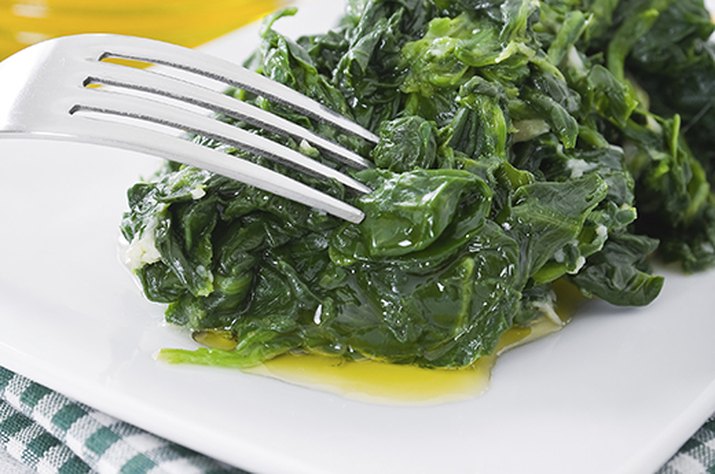
8. Anchovy Paste
In June 2014, the FDA and EPA released a statement encouraging pregnant women, those who may become pregnant, breastfeeding mothers and young children to eat more fish (eight to 12 ounces each week) and to eat a variety of fish from choices that are low in mercury. While salmon is often the low-mercury go-to fish rich in omega-3 fats, Kate Geagan, M.S., RDN, author of "Go Green, Get Lean," gets a little more creative with her fish options. "I like anchovy paste because it's rich in omega-3 fats DHA and EPA -- plus, it contains calcium, vitamin D and iron. Anchovies are on the 'supergreen' list of sustainability and health and have a low risk of mercury and PCBs. It's super convenient and for some reason seems much more approachable to me than anchovies. I use a small squeeze of it to add rich umami to certain salads (e.g., with dark greens or even celery) and tomato sauce," says Geagan. According to Seafood Watch, it's best to avoid anchovies from the Black and Mediterranean seas due to overfishing and potential bycatch in this region.
Read more: 13 Types of Fish to Avoid
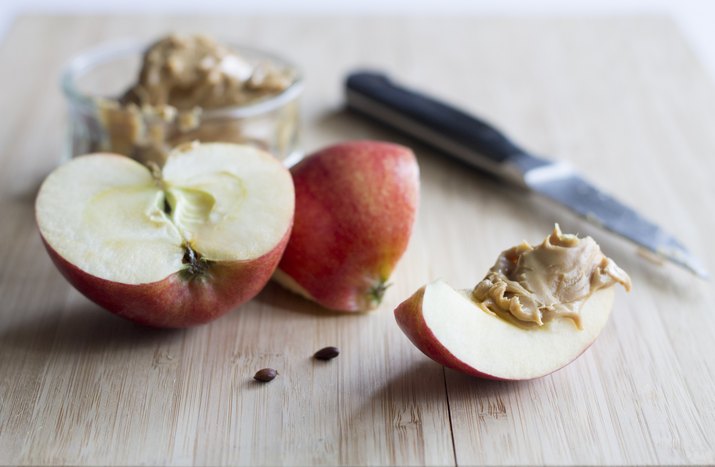
9. Peanut Butter
You might think peanut butter is a high-fat, high-calorie food to avoid. In reality, it's one of the healthiest spreads around. "I love peanut butter and often have it with breakfast or as a snack, with a tablespoon or two smeared on a banana or whole grain crackers. It's filling because it's a great source of plant protein and also provides a good dose of healthy fats," says Elisa Zied, M.S., RDN, CDN, and author of "Younger Next Week." One study in the British Journal of Nutrition found that adding peanut butter to breakfast helped moderate glucose levels and appetite following a meal in obese women at risk for Type 2 diabetes. Go for a natural peanut butter without added sugar or unnecessary fillers. The only ingredients should be peanuts and salt.
Read more: 13 Types of Nut and Seed Butters and Their Benefits (Plus, Our Top Picks)
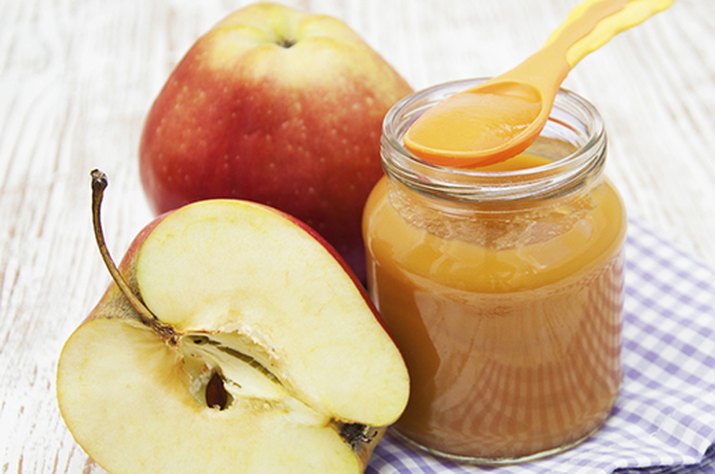
10. Baby Food
The "Baby Food Diet," created by celebrity fitness trainer Tracy Anderson, got a lot of attention a few years back when celebrities started using it. However, as with any fad diet, an adult drastically limiting their calorie intake (to 600 calories a day) by mainly eating baby food is not sustainable or healthy. But if you're a busy mom, including some of your infant's puréed veggies in your diet can be a healthy, time-saving option. "As a registered dietitian and mom of a toddler and a 7-month-old, when I make food for my youngest, I often find myself eating (and loving) her baby food. I always make sure to include the freshest, most wholesome ingredients. I make mashed avocado, steamed and puréed fruits and vegetables, and even creamy soups -- they all count as baby food," says Holley Grainger, M.S., RD, nutrition expert and mom.
Read more: Sign Up to Receive the FREE LIVESTRONG.COM Weekly Health and Fitness Newsletter

What Do YOU Think?
Were any of these foods surprising to you? Do you currently eat any of these foods? What foods in this article would you be most likely to add to your diet? Leave a comment below and let us know. Share how you're working on living a healthier life.
Read more: 14 Foods to Help You Get Lean
Video of the Day
Video of the Day